Paris started as a small island in the Seine and in the 2000 years or so since, the city has grown, ring by ring, with each annexation saying something about the politics and economics of the time, from the first Roman wall to the 1970s . ring road, the infamous one Periphery. This four-lane highway strengthened the dividing line between Paris “Intra-Muros” and the banlieues (suburbs).
These suburbs include both the more affluent banlieues aises of the West, as well as the historically working-class neighborhoods in the northeast of the city, many of which are historically communist-leaning (for example, Saint-Ouen’s football team is called The Red Stars).
It is this supposedly rugged corner of the Paris metropolitan region that will host the Olympic Village and many top events in 2024. In preparation, significant infrastructure renovation has taken place in recent years. Most important is the ‘Grand Paris Express’, a plan to extend the metro lines in and out of the city, starting with the current northern extension of metro line 14, which creates a pleasant and fast connection to the city from Saint-Ouen and reportedly further north from Saint-Denis next year. This line is also fully accessible to people with reduced mobility, an offer that Paris often lacks.
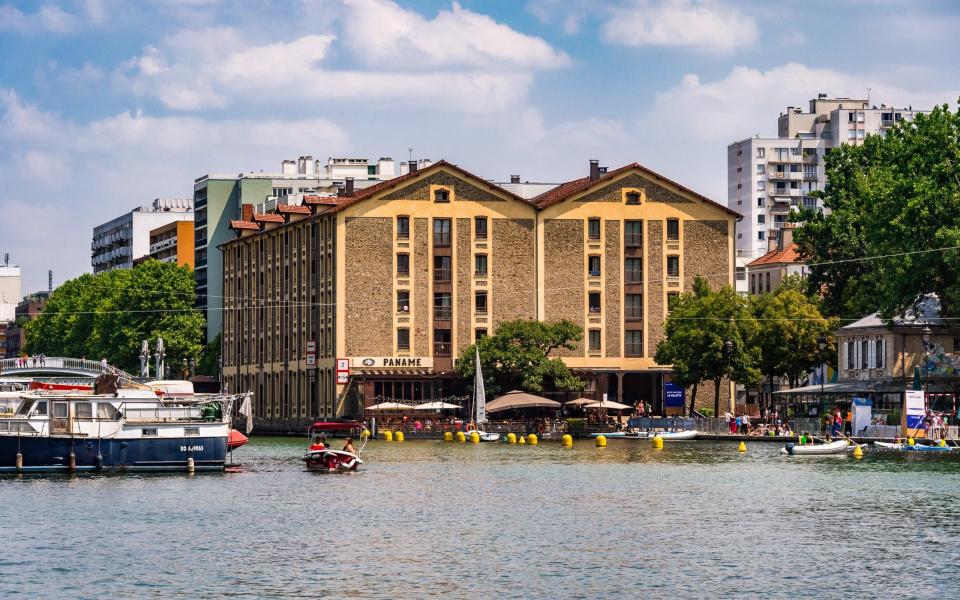

For example, when thinking about Paris’s relationship with its suburbs compared to London, the first thing to emphasize is the contrast in size, layout and even mentality when it comes to the relationship between the city and its suburbs.
Thanks to the Haussmann renovation of the Second Empire, the twenty arrondissements of Paris within the ring road took on a fairly uniform appearance, characterized by the six-storey sandstone buildings and green-colored details such as street signs, press kiosks and metro entrances. Step one foot on the other side of the periphery and suddenly everything changes.
For example, in Saint-Ouen you will find dilapidated mansions, in Pantin in the east, also known as the ‘Brooklyn of Paris’, it is all converted warehouses and asphalted bicycle pools, while Saint-Denis is a hotspot, ranging from fantastic to prefab. The suburbs have different postal codes, different administrative structures and their own town halls. In all these respects they are not really Paris.
Yet the nearby towns that are what Parisians call ‘la petite couronne’ (versus ‘la grande couronne’ further from the centre) are actually quite central, especially by London standards. While London’s ring road, the M25, is some twenty miles from the centre, the equivalent distance for the Périphérique is around four miles. If you were to transfer Paris Intra-Muros to a map of London, it would only cover the center.
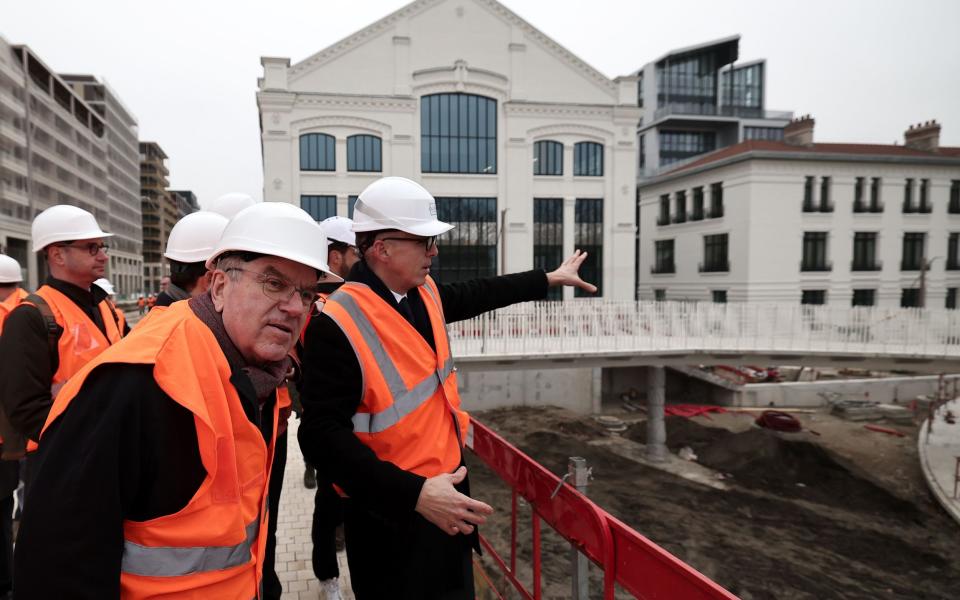

Isabella is a Londoner now living in Paris with her young family, who recently bought a house in Pantin, the off-ring suburb of Paris’s 19th arrondissement. “I feel like this concept of being a hundred meters away from the périphérique, from the official border of Paris, is so bizarre – suddenly the price of real estate changes dramatically compared to the price of Paris,” she said.
One of the objectives of the pre-Olympic Games redevelopment is to soften the contrast between city and suburb. Emmanuel Blum is director of the tourism office of Plaine Commune, the conurbation that includes the northern suburbs around the bend of the Seine, including Saint-Denis, Saint-Ouen, Aubervilliers, Île-Saint-Denis and La Courneuve.
“The area will be one of the biggest beneficiaries of the Olympic Games legacy. Thanks to the Games, residents see their living environment and their integration into the Parisian metropolis improve,” he said.
Saint-Denis: the center of the action
Saint-Denis itself will be one of the main hubs of the action and the location of the Olympic Village. The 80,000-capacity Stade de France will be the arena for the athletics events; it will be connected to the newly built Olympics Aquatic Center via a new pedestrian bridge over the A1 motorway (perhaps not the best view in Paris).
Emmanuel Blum hopes the Games will provide tourists with the perfect opportunity to discover what the city has to offer old and new, such as the fantastic early Gothic Saint Denis Basilica from the 11th century, as well as exciting cultural projects such as Zone Sensible, a green urban farm against the backdrop of tall towers, where both art installations and lush crops are produced – they even collaborate with people like Le Meurice and Alain Ducasse, who orders his honey here.
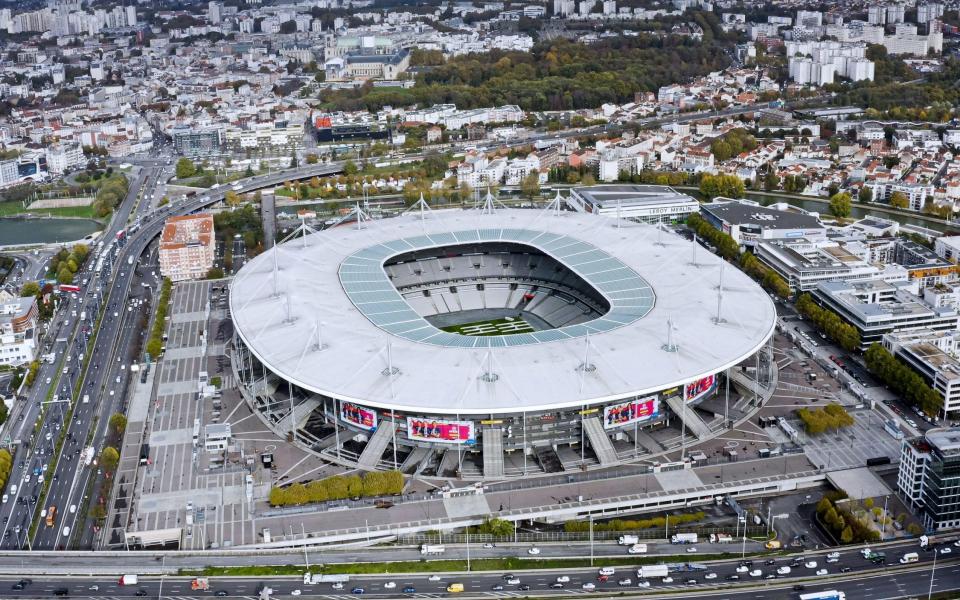

The agglomeration authority has also been working on the renewal of the Canal Saint-Denis, the six-kilometer waterway that connects the Canal de l’Ourcq in Paris’s 19th arrondissement to the suburb.
“There are so many places I appreciate, but I have a particular affection for the Canal Saint-Denis, where the ‘Street Art Avenue’ is developing more and more year after year – there are some completely remarkable works of art,” said Blum . “It is also a natural connection between Paris and the nearby suburbs.”
Frances Leech, originally from Hereford and now living and working as a baker at the excellent Boulangerie du Square in the north of Montmartre, lived in Saint-Denis for two years before recently moving to nearby Saint-Ouen. She is convinced of the charms of the northern suburbs.
“Most of my friends now live just outside the beltway for two years,” she said. Among her favorite places in the area she mentions the Ile Saint-Denis, an island in the bend of the Seine near the town of the same name, especially the park there (“it’s really beautiful”), where the locals relax and you You can also take the “Impressionist Promenade” to see scenes painted by Paul Sisley.
The ‘Stratford of Paris’
Saint-Ouen, just south of Saint-Denis, is even closer to Paris, bordering just at the top of the 18th arrondissement. It is best known for its enormous flea market, Les Puces de Saint-Ouen, which is open four days a week. It’s a sprawling cacophony of sounds and sights, with merchandise for sale ranging from knockoffs to exquisite antiques.
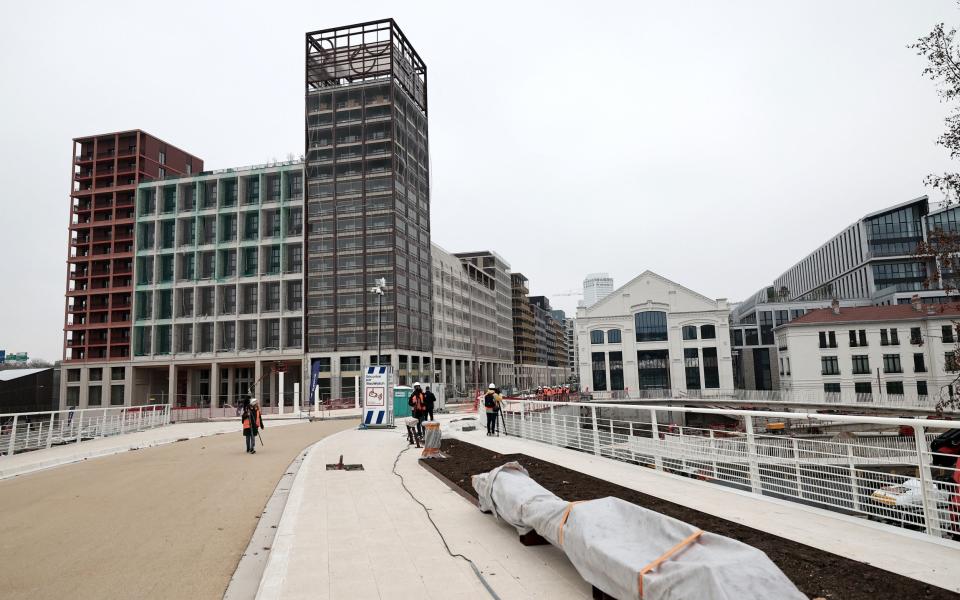

There is a pleasantly unusual food and drink scene that extends across the vendors’ traditional haunts known as brocanteurs – La Terrasse des Puces for savory fried sardines for less than €10 or L’insurgé for seasonal menus and natural wine. In recent years, the northern industrial part of the city has been renamed the “St-Ouen Docks” and is home to a public courtyard named after a Kenyan environmentalist (La Serre Wangari) and a gigantic food court that will open soon. every moment.
Further east you will find industrial Pantin. Traditionally it is “popular‘or working class and ethnically diverse, with significant populations of Turkish and also North African immigrants. For Isabella, the former Londoner who bought an apartment there, it reminds her of Stratford and the area of east London that was developed in the run-up to the London 2012 Olympic Games. “Many creative people are active within our building. They are the same kind of people who were attracted to Hackney Wick and Stratford in London because they were cheaper.
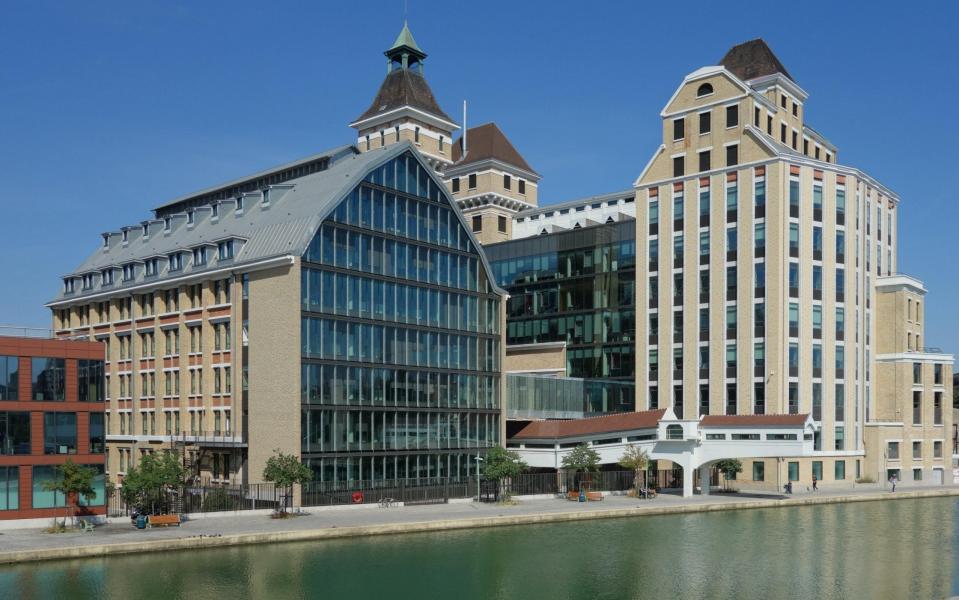

For many, the changes in the area are related to Magasins Généraux, a former dock warehouse from the 1930s. In 2016 it was given rent-free to the prestigious advertising agency BETC, on the condition that they invest in the area. Today, visitors can wander the urban farm and cultural space La Cité Fertile, cycle along the canal or sip Turkish pastries and tea at Le Serail on the main street.
Concerns about gentrification and delays
While this is an exciting time for this part of the ‘small couronne‘ the rapid development of the area has not been without criticism. In addition to the more general concerns about gentrification and rising property prices, local residents have also had to deal with long-term construction sites and the noise and disruption that brings.
The French press has also reported that the government is coordinating the relocation of homeless people to “temporary regional accommodation facilities” outside the capital to free up beds in low-cost hotels during the Games. This includes groups of immigrants and asylum seekers living homeless in the northern suburbs. Similar outflows are said to have occurred before the 2008 Beijing Olympics and the 2016 Rio Games.
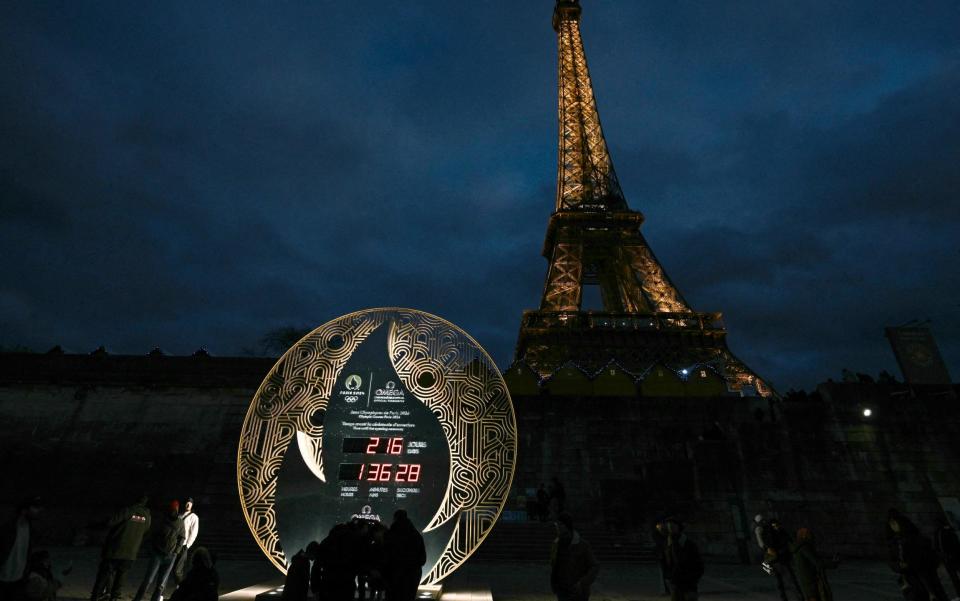

Meanwhile, the strike movement, whose slogan “Pas de papiers, pas de JO” (“no papers, no Olympics”) has gained ground and publicity with its demands for regularization for undocumented migrants who worked on the construction sites before the Games.
Due to reports of delays in delivery, many local residents also fear that after all the efforts, the work will not be completed on time. Emmanuel Blum, director of Plaine Commune, is confident that this will not be the case.
“I have no doubt that we are capable of meeting the challenge of the Olympic and Paralympic Games. The coming period will be intense, but will end with a moment of celebration, exchange and shared enthusiasm. The Games are a unique opportunity to strengthen the pride of all residents of this area.”
By 2024, this corner of the Paris metropolitan area will surely be visited by more visitors than ever before. The soon-to-open H Hotels Paris Pleyel, with 697 modern rooms, is the first opening of its kind in Saint-Denis, while the long-established MOB Hotel will offer a boutique option in Saint Ouen. Airbnb, an official sponsor of the Games, is also encouraging residents of the northern suburbs to list their homes.
Paris is sometimes criticized for being a ‘museum city’, living off its 20th century glory days and clinging to its ways. Head to Saint-Denis, Saint-Ouen or Pantin and you might discover what the next century of Paris is all about. Imagine the satisfaction, decades from now, when you can say, “I remember when this was considered a suburb.”